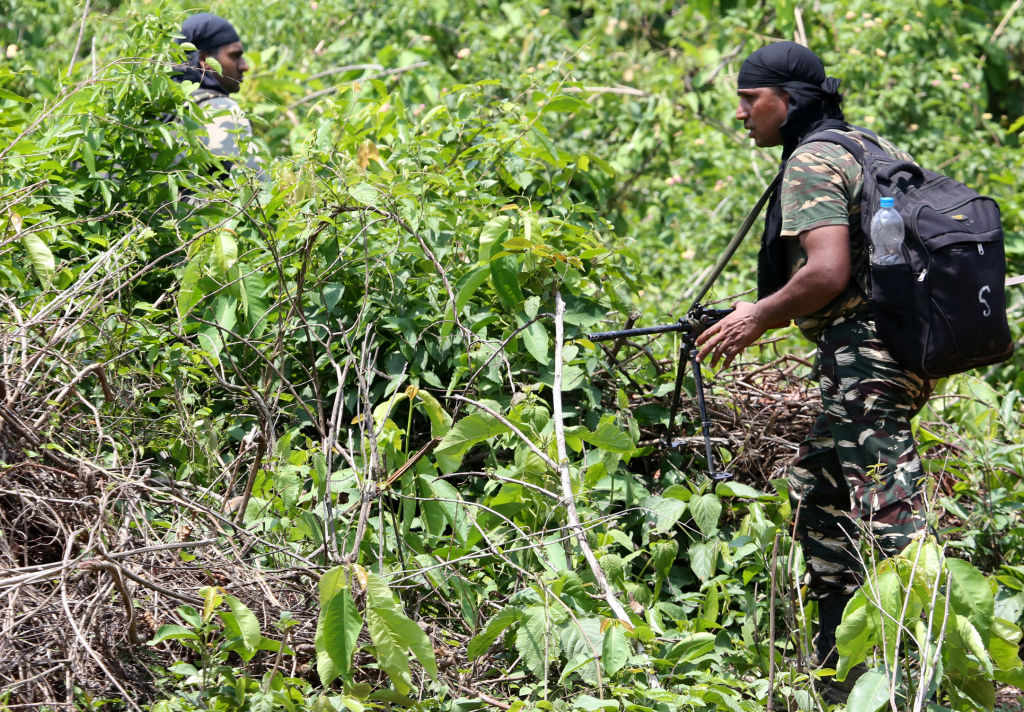- Monday, April 29, 2024
The incident happened in deep forests of Kanker district of Bastar region in the central state of Chhattisgarh, which is known to be a hotbed for Left wing extremism.

By: Shubham Ghosh
THE Indian state achieved a major success against Left Wing Extremism (LWF), a major concern in many parts of the country, on Tuesday (16) when at least Maoists were eliminated in what media reports called the biggest encounter ever between the extremists and the security forces.
The incident happened in deep forests of Kanker district of Bastar region in the central state of Chhattisgarh, known to be a hotbed of Maoist activities, just three days before the first phase of the national elections.
Kalyan Elsela, superintendent of police of Kanker, told the Times of India that the deceased Maoists included senior commanders Shankar Rao and Lalita. The duo had a cash bounty of Rs 25 lakh (£24,009) each.
Vinod Gawde, another Maoist cadre who was active in the border regions of Maharashtra and Madhya Pradesh, was also killed in the encounter. Gawde, too, had a cash bounty of Rs 10 lakh (£9,604) on his head, the police official informed.
A large number of weapons, including INSAS/AK47, SLR and rifles were recovered from the extremists.
Read: Indian home minister seeks special focus on far-Left extremism
Police sources told the Times that three security personnel of the Border Security Force and District Reserve Guards also received bullet injuries and were evacuated to safety.
More than 70 Maoists have now been eliminated in the last four months after Tuesday’s encounter — a number which is much higher than the number of extremists killed in 2023.
India’s Maoist insurgency started in the 1960s, inspired by Chinese revolutionary leader Mao Zedong, and has cost thousands of lives in regular violence.
Thousands of armed men and women — also called Naxals after a movement that had originated in eastern India in the late 1960s — claim to be fighting for the rights of the indigenous tribal people, including the right to land, resources and jobs.
The Narendra Modi government has claimed time and again that the Maoist menace has gone down over the past decade. Last October, Indian home minister Amit Shah said that in nine years of the Modi government, deaths in Maoist violence came down by 70 per cent, while civilian deaths decreased by 68 per cent and the number of Maoist-affected districts came down by 62 per cent.
![]()